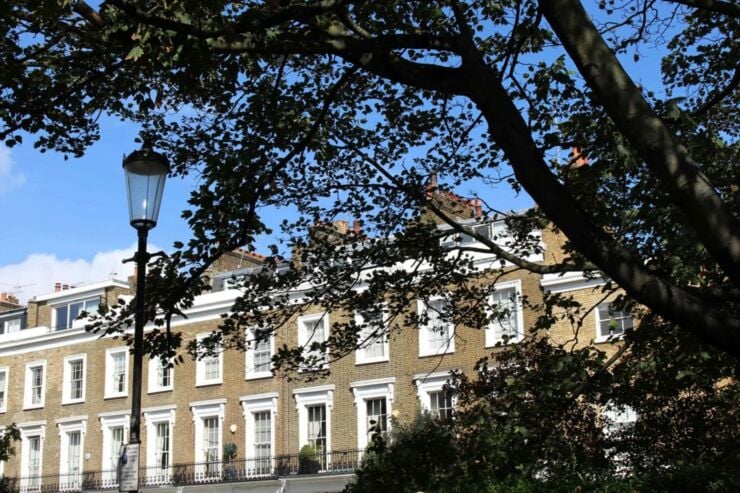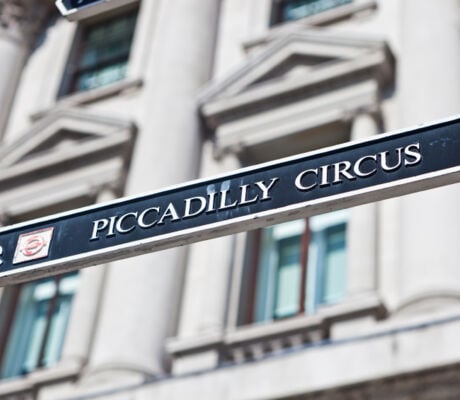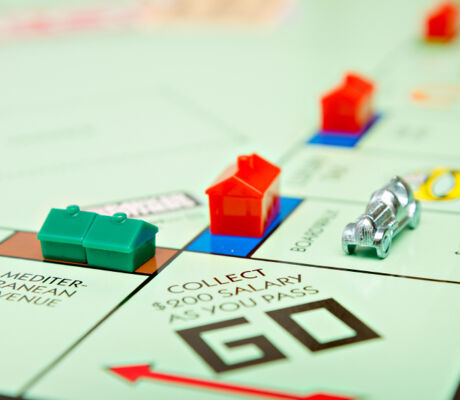Revamped stamp duty is about to celebrate its nine-month anniversary. Commentary on the topic has dwindled in the months since George Osborne raised the threshold in his autumn statement. So I thought to revisit the topic and write a measured overview on the revenues stamp duty is generating; exploring the “London-centric” aspects of the tax.
An article in The Financial Times this week revealed property sales in London are generating nearly half of all stamp duty revenue raised in England and Wales, according to data that tracks the impact of the rise in stamp duty values for the most expensive homes.
A further figure that substantiates this is that London accounted for 13 percent of all property transactions in England and Wales combined in the first three months of this year by volume, yet contributed 46.9 percent of entire stamp duty revenues, according to research by Knight Frank.
This time last year…
Pre-threshold raise, London accounted for 43 percent of total revenues. This is because under the new proportional system a top rate of 12 percent is applicable to properties sold for £1.5 million or more. Obviously the bulk of property ranked in this category are in London.
Osborne’s stamp duty policy was initially branded and pitched as one of a “populist” nature. The stamp duty changes meant all properties valued beneath £937,000 had reduced taxation upon them.
Ever since, the stamp duty changes combined with the taxation changes for foreign property owners and the change of non-dom status has resulted in what estate agents report to be subdued demand in the London housing market, particularly in the higher echelons.
Although demand has dampened, homes now valued above £1 million contributed 34 percent of all stamp duty receipts. This contrasts to 26 percent the previous year. This supports Nationwide’s analysis that purchasers at the top end of the market, such as yourselves, are paying significantly more.
“We estimate that around 5,000 (2%) of purchasers paid more (two-thirds of whom were in London), with an average of £28,000 more tax being paid compared with the old system,” states Robert Gardner of Nationwide.
Jonathan Hopper, managing director of the buying agents Garrington Property Finders, similarly said the prime property market was still “reeling” from the rise in the top rate of stamp duty, which has significantly increased the effective rate of tax on homes costing £2m and more.
Why the stamp duty changes?
“The stamp duty hike was supposed to gently apply the brakes to stop the prime property market racing away. But in the event its effect has been more of an emergency stop,” he said. This is to a degree true but we can also attribute the stagnant nature of late to be dictated by the period between the election and summer holidays which is typically a time when buyers are less inclined to make quick movements when it comes to property.
The outer boroughs are also increasing in price and growth is transferring from central London to areas such as Richmond, Putney and more concentrated areas, such as Hackney.
If you would like to learn more about stamp duty and the effect it has on your property buying decisions, feel free to get in touch with Enness for a complimentary consultation. We know new legislation can be complex and overwhelming and everyone’s circumstances differ.




